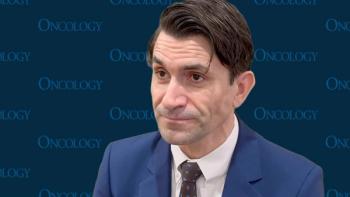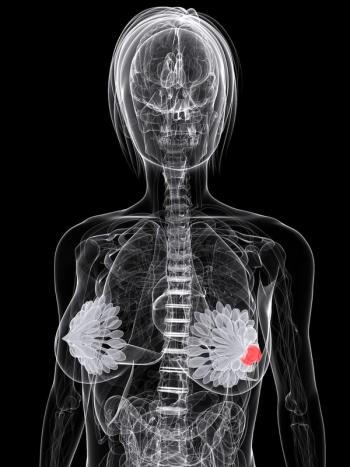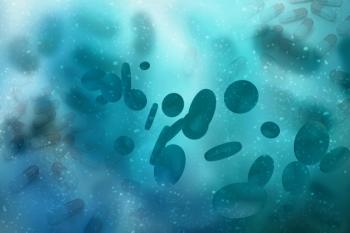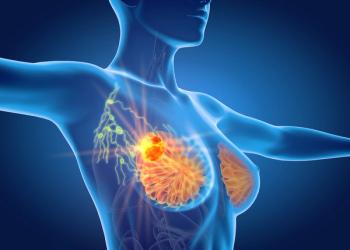
HIV/AIDS: Is the Tide Turning? Part 1
We’re now entering the fourth decade of HIV/AIDS awareness. Last year marked the 30th anniversary of the earliest report (on June 5, 1981) of what is now known as AIDS (acquired immune deficiency syndrome).
We’re now entering the fourth decade of HIV/AIDS awareness. Last year marked the 30th anniversary of the
Anne Landry
In 1993, due in part to the CDC’s broadened definition of AIDS in January of that year, reports of heterosexual transmission increased. There were also more
After 1995, with the availability of HAART (highly active antiretroviral therapy, with protease inhibitors to block HIV replication), an HIV infection was no longer a death sentence-provided a person could access treatment (which now costs $15,000 to $40,000 per year) early and follow a rigorous multidrug regimen. Today, more than 30 FDA-approved
In late 2010, about 34 million people worldwide were alive with HIV, up 17% from 2001-reflecting the benefit of antiretroviral therapy, not just new infections. In the United States, 1.1 million are living with HIV, and there are 50,000 new HIV diagnoses annually.
HIV/AIDs still poses significant challenges in the United States,
Similar to certain cancers, HIV infection is now considered a chronic,
A variety of excellent resources are available for patients, families, healthcare providers, and others who want to learn more about HIV/AIDS and efforts to manage it and prevent transmission of HIV. A sample of some goods ones includes the federal website
I’ll be sharing some promising clinical developments and HIV/AIDS prevention efforts in Part 2 of my HIV/AIDS blog series, “
Newsletter
Stay up to date on recent advances in the multidisciplinary approach to cancer.
















































































